Shumla in Washington D.C.
83rd Annual Society for American Archaeology Meeting
Marriott Wardman Park Conference Center – Washington D.C.

By Jessica Lee
This week I joined Shumla’s Research Team in Washington D.C. at the 83rd Annual Society for American Archaeology Meeting. The “SAA” conference brings professional and avocational archaeologists together from across the U.S. and the globe. Each year, Shumla researcher’s prepare presentations and publications to present at SAA. It’s an important and valued part of their professional development. Here they connect with peers in the industry, learn and communicate best practices, give and receive advice and constructive criticism and – best of all – have fun with their friends from all over the world.
They’ve been very busy preparing for and attending the conference. So, I’m taking over today’s blog to share with you abstracts and pictures of Shumla’s incredible researchers presenting at the SAA.
Vicky Roberts
Research Questions Driving Rock Art Recording Methodology in the Alexandria Project
With Jerod L. Roberts, Charles. W. Koenig, and Karen L. Steelman of Shumla
ABSTRACT: For over twenty years, Shumla Archaeological Research & Education Center has studied and promoted the preservation of rock art in the Lower Pecos Canyonlands along the U.S.-Mexico border. In July 2017 Shumla launched the three-year Alexandria Project designed to gather an extensive dataset from over 350 known rock art sites in Val Verde County, where the majority of US sites are located. Research questions driving data collection reflect two main aspects: geospatial distribution and iconographic content. Are there patterns in rock art site locations? Is there a correlation between other archaeological features and rock art? What are the distributions of key motifs across the landscape? Shumla will provide high-resolution data to better understand distribution, density, range, and context of Pecos River Style pictographs in addition to the lesser known pictographs styles and petroglyphs. This paper explores the Alexandria Project research questions and potential for future research.
Amanda Castaneda
Portable X-ray Fluorescence of Lower Pecos Mobiliary Art: New Insights Regarding Chaîne Opératoire, Context, and Chronology
With Charles W. Koenig and Karen Steelman of Shumla and Marvin W. Rowe of the Office of Archaeological Studies, Museum of New Mexico
ABSTRACT: Painted pebbles are the primary mobiliary art found in the Lower Pecos Canyonlands of southwest Texas and northern Mexico. Previous studies of these artifacts have focused on stylistic variation of the imagery and interpretation of the role these artifacts played within Lower Pecos societies. The focus of this study is the use of portable X-ray fluorescence on Lower Pecos painted pebbles to conduct elemental analyses, providing insight into the chaîne opératoire of painted pebble production. Using a sample of recently excavated painted pebbles, as well as a sample from a private collection, a total of 257 pXRF measurements were collected on 73 pebbles. We determined that charcoal was used as a pigment for black paintings and that iron-based mineral pigments were used for red paintings. The 30 excavated pebbles range in age from ~8000 cal BP to 550 cal BP, and the stratigraphic and chronologic context of these pebbles provides a dataset for analyzing not only the chaîne opératoire of painted pebble production, but also allows us to analyze the potential for changes in production through time. This presentation summarizes the results from the pXRF analysis, and discusses the larger archaeological implications for Lower Pecos painted pebbles.
Dr. Karen Steelman
Dating the Spirit Men: Radiocarbon Dating Saltwater Rock Art of the Yanyuwa people in northern Australia
With Liam Brady and John Bradley of Monash University, Clayton, VIC, Australia and Amanda Kearney of The University of New South Wales, Sydney, NSW, Australia
ABSTRACT: Working with Yanyuwa elders, we collected seven rock painting samples for radiocarbon dating from Kamadarringabaya rock shelter on Vanderlin Island in the southwest Gulf of Carpentaria (Northern Territory). Hand motifs – prints and stencils – dominate the site, covering the shelter walls and roof, and are said by Yanyuwa to be the hands of the Namurlajanyugku spirit beings. In control experiments, negligible levels of humic acid contamination were shown to be present in the unpainted rock; therefore, no chemical pretreatment was conducted on paint or background samples. To obtain direct dates on the paintings, we oxidized organic material in paint samples using plasma oxidation followed by accelerator mass spectrometry radiocarbon dating. Radiocarbon results were averaged using the R_Combine function of the OxCal computer program with ShCal13 curve data to produce calibrated age ranges. We also conducted a mineral analysis on samples using X-ray diffraction to identify mineral pigments used in the production of motifs. This project blends scientific dating of pigment-based rock art, archaeological analysis of spatial distribution patterns of rock art styles across the landscape, and ethnography through interviews to explore how people negotiate their contemporary relationships to rock art.
Jerod Roberts
Show Me the Data! : A Feasibility Analysis of Rock Art Recorded Thus Far for the Alexandria Project
With Vicky Roberts, Amanda Castaneda and Dr. Carolyn Boyd of Shumla
ABSTRACT: The Lower Pecos Canyonlands of southwest Texas is home to over 350 identified rock art sites depicting multiple styles, complexity, and intricacy. In 2017, Shumla Archaeological Research and Education Center launched the Alexandria Project, a three year mission to revisit each known rock art site in Val Verde County and perform baseline documentation, with the aim to answer overarching questions requiring a large and consistent dataset. Our documentation methods utilize Structure from Motion 3D modeling, high resolution gigapanoramas, specialized recording forms, and GPS coordinates. We are collecting a dataset intended for future research and analyses including stylistic variation, attribute identification, and iconographic interpretation. To examine the feasibility of conducting such analyses from baseline data, a test analysis was conducted using a sample of the sites recorded thus far. We conducted figure identification, stylistic classification, and iconographic inventory using only the recording forms, gigapanoramas, and 3D models processed from baseline data. This presentation discusses the results from the analysis along with what further research questions may be addressed from the Alexandria Project dataset.
Charles Koenig
Multidisciplinary Investigations of a Late Paleoindian Bison Butchery from a Southwest Texas Rockshelter
With Christopher Jurgens of Texas State University, Stephen L. Black of Texas State University, J. Kevin Hanselka of Texas Department of Transportation and Charles D. Frederick a Consulting Geoarchaeologist
ABSTRACT: Located in the Northeastern Chihuahuan Desert, Eagle Cave is one of the largest rockshelters in the Lower Pecos Canyonlands. Archaeologists previously excavated Eagle Cave in the 1930s, and 1960s; however, no evidence had been recovered indicating Paleoindian occupation of the site. From January 2015 through February 2017, the Ancient Southwest Texas Project of Texas State University re-excavated a 4-meter deep trench through the center of this massive rockshelter in order to document and sample the complex stratigraphy. A primary research objective was to investigate the potential for Paleoindian-age deposits. During the 2016 field season we excavated into deposits older than 8500 RCYBP, and immediately exposed a scattering of fractured, cut, and burned bison bones. Amongst the bones were chipped stone debitage, lithic tools, decomposing plant remains, and a surface hearth containing charred bone, ash, and charcoal. Based on preliminary analyses and radiocarbon dates, this entire assemblage dates to older than 10,250 cal BP, and represents the secondary butchering and processing of a single Bison antiquus. This poster summarizes the ongoing spatial, faunal, macrobotanical, geoarchaeological, chronometric, and lithic analyses being conducted on this unique Late Paleoindian assemblage.
Dr. Carolyn Boyd
Soul Expression: Speech-Breath in Pecos River Style Rock Art
ABSTRACT: Pecos River style rock art was produced in the Lower Pecos Canyonlands of southwest Texas and Coahuila, Mexico during the Archaic beginning around 2700 BC. This style is characterized by finely executed anthropomorphic and zoomorphic figures arranged in highly-ordered, complex compositions. Pecos River style anthropomorphs are frequently portrayed with a series of dots or lines emanating upwards from an open mouth. Zoomorphic figures of felines and deer are also represented with this pictographic element. Soul Expression explores the significance of this recurring motif in Pecos River style rock art and proposes that it is a graphic representation of breath, soul, and speech. In ancient Mexico, breath was believed to be a manifestation of one’s soul. Breath soul, when expressed in ritualized speech or song, was a powerful force engaged in both creation and maintenance of the cosmos. Graphic representations of breath soul and speech first appear in Mesoamerica during the Middle and Late Formative periods (900 to 100 BC) as volutes or scrolls issuing from the mouth of anthropomorphic and zoomorphic figures. The speech-breath motif in Pecos River style rock art may represent the oldest graphic expression of the vitalizing breath soul.
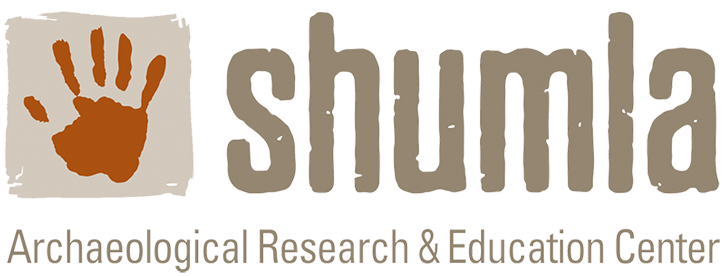
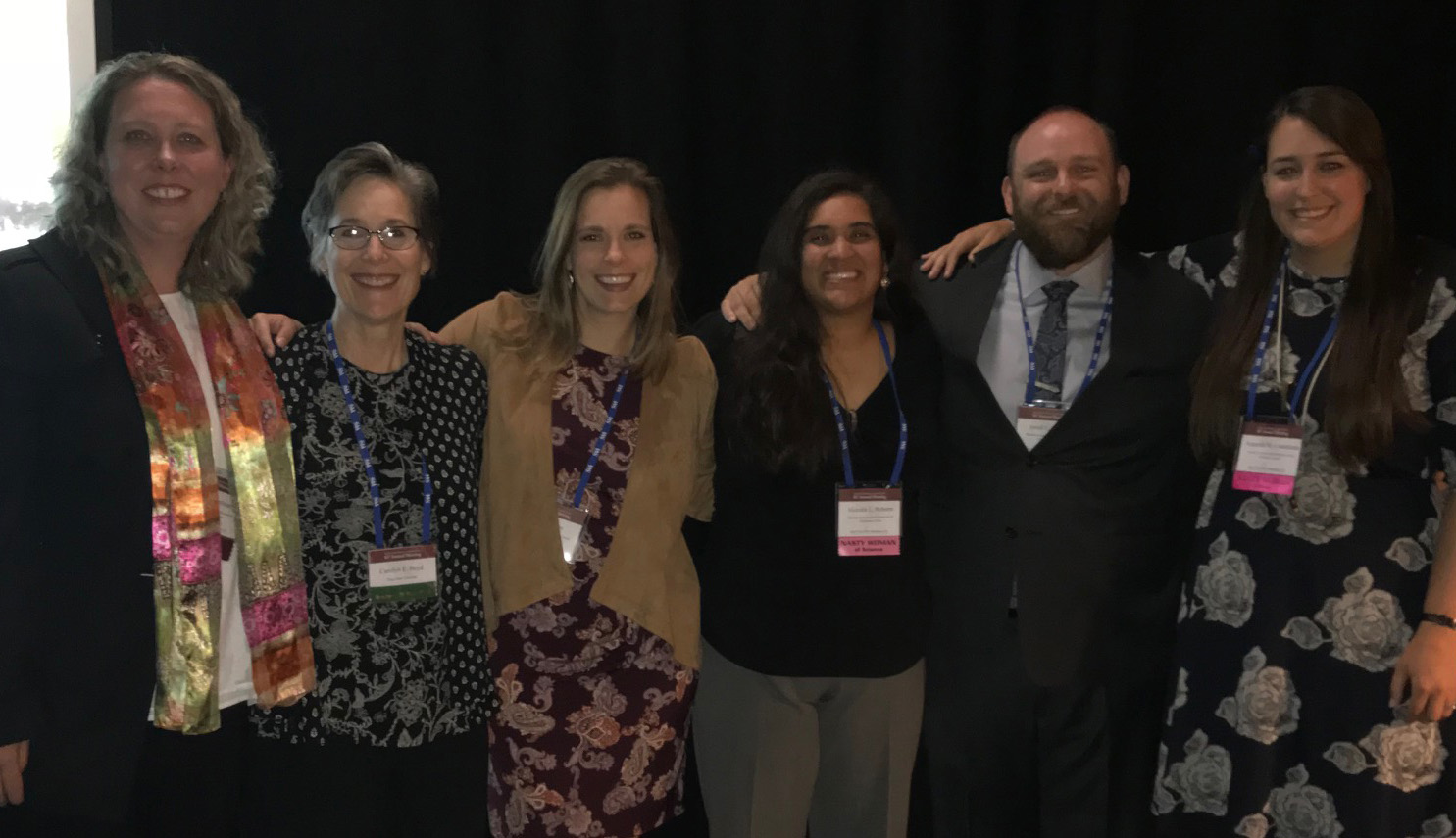
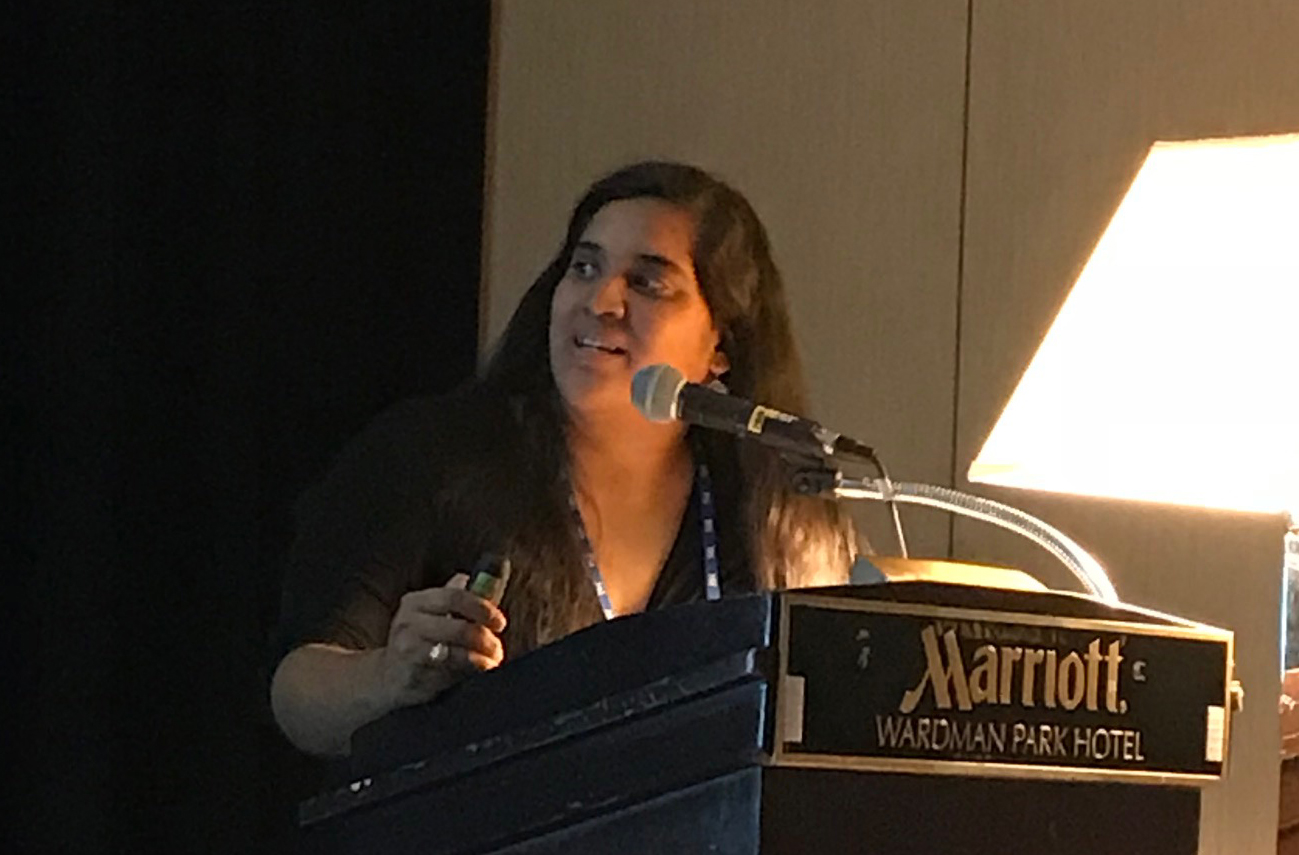
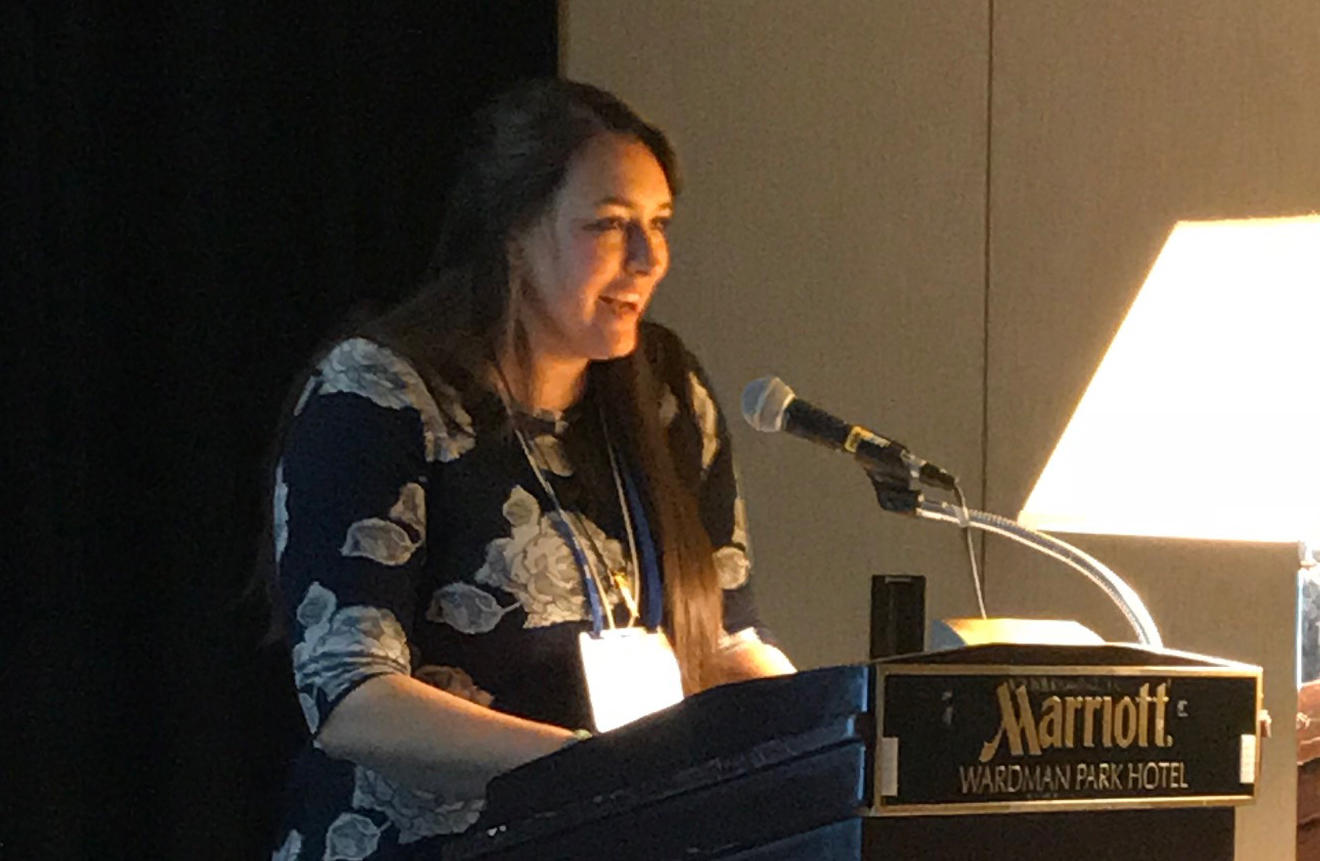
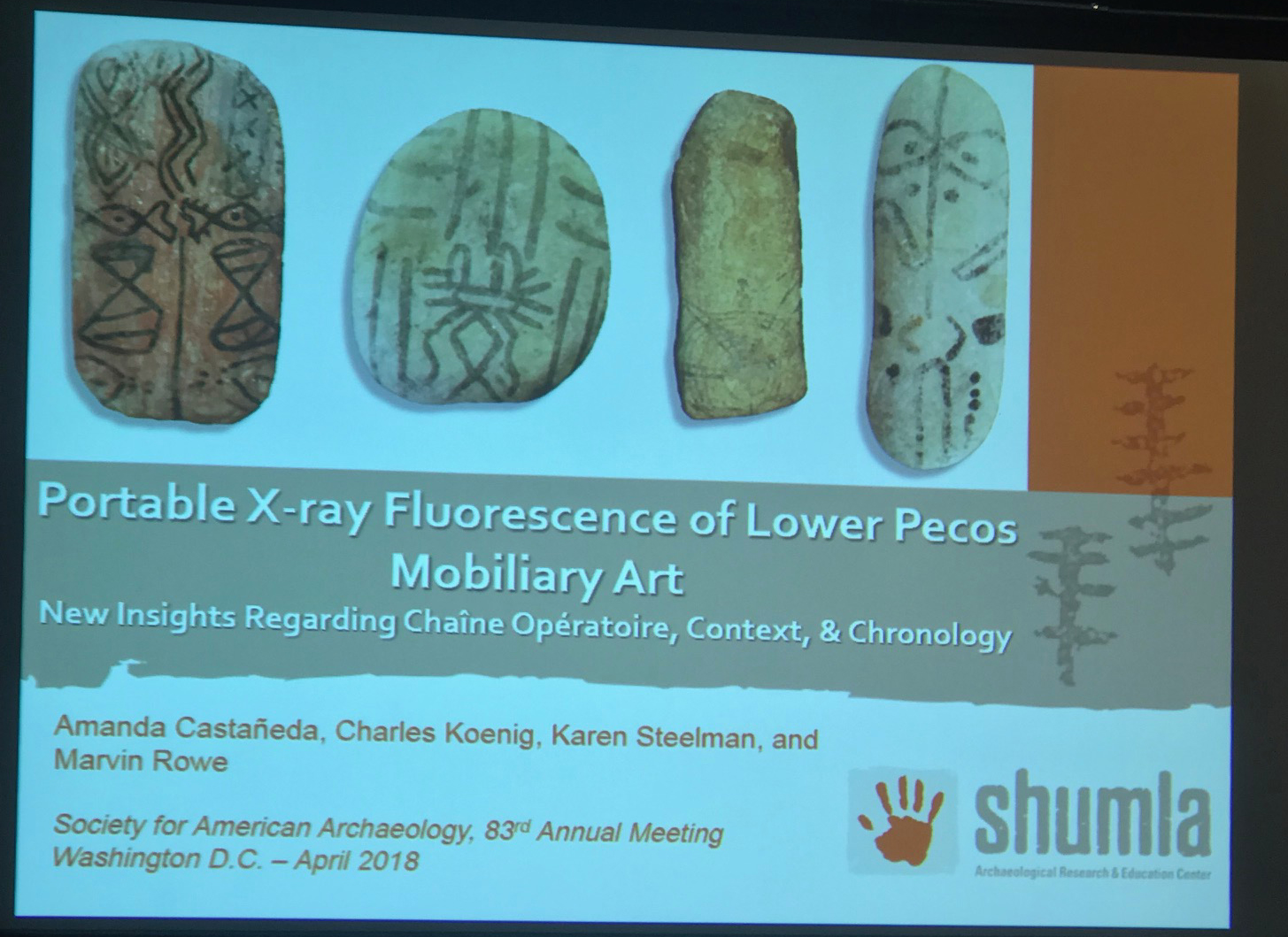
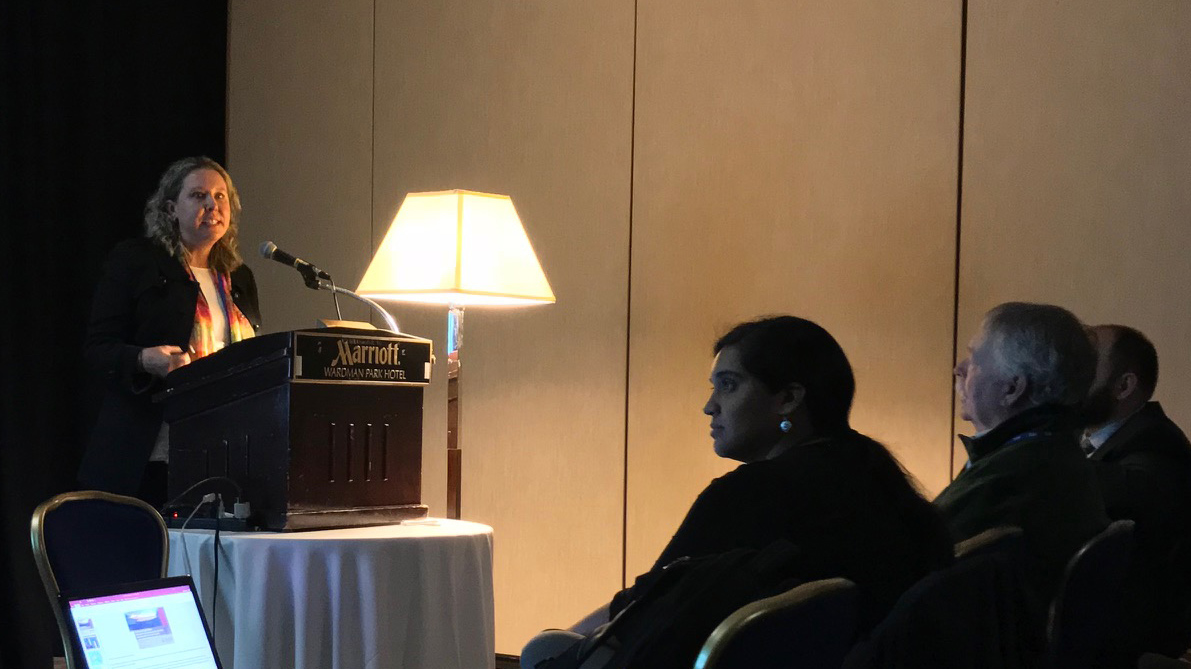
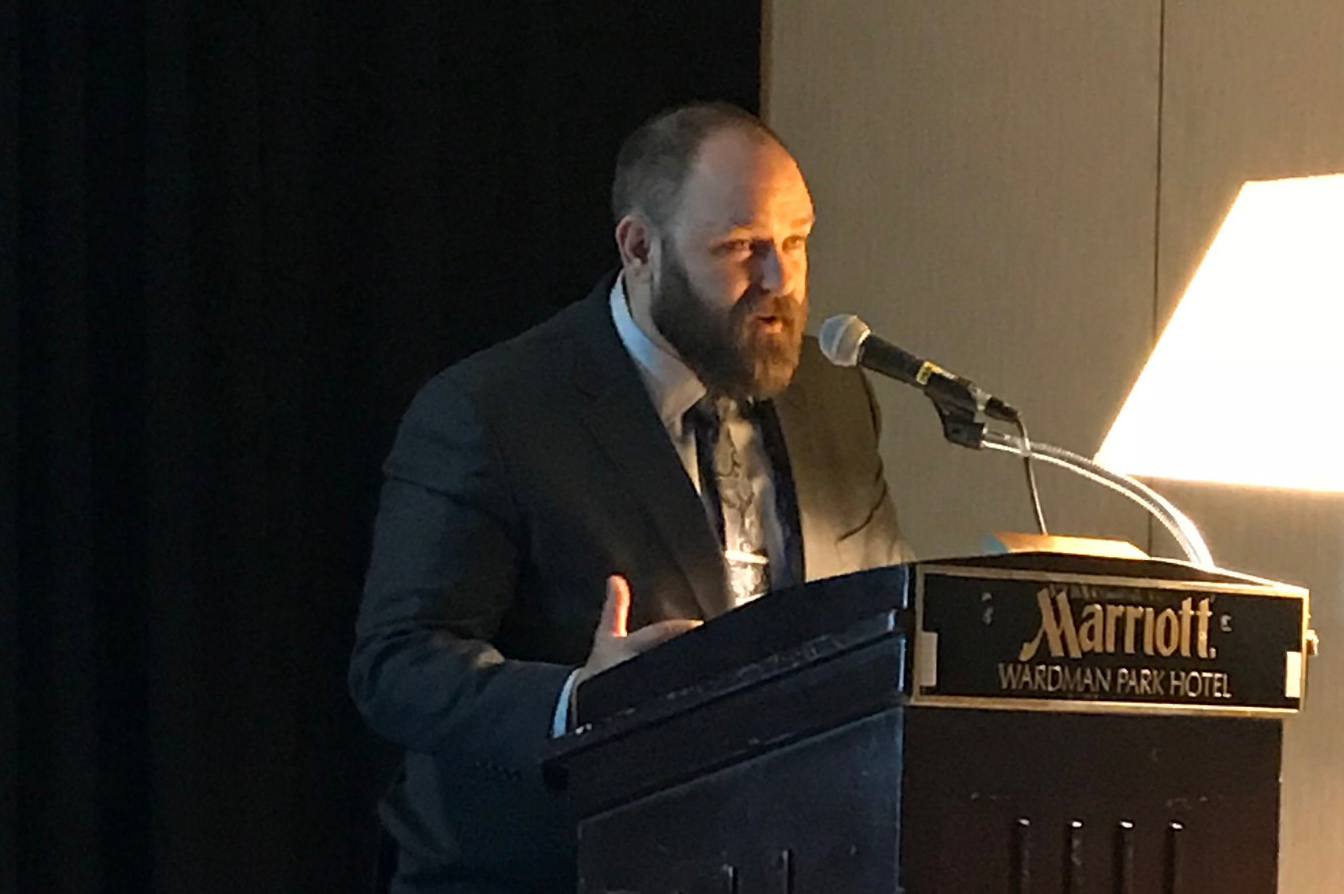
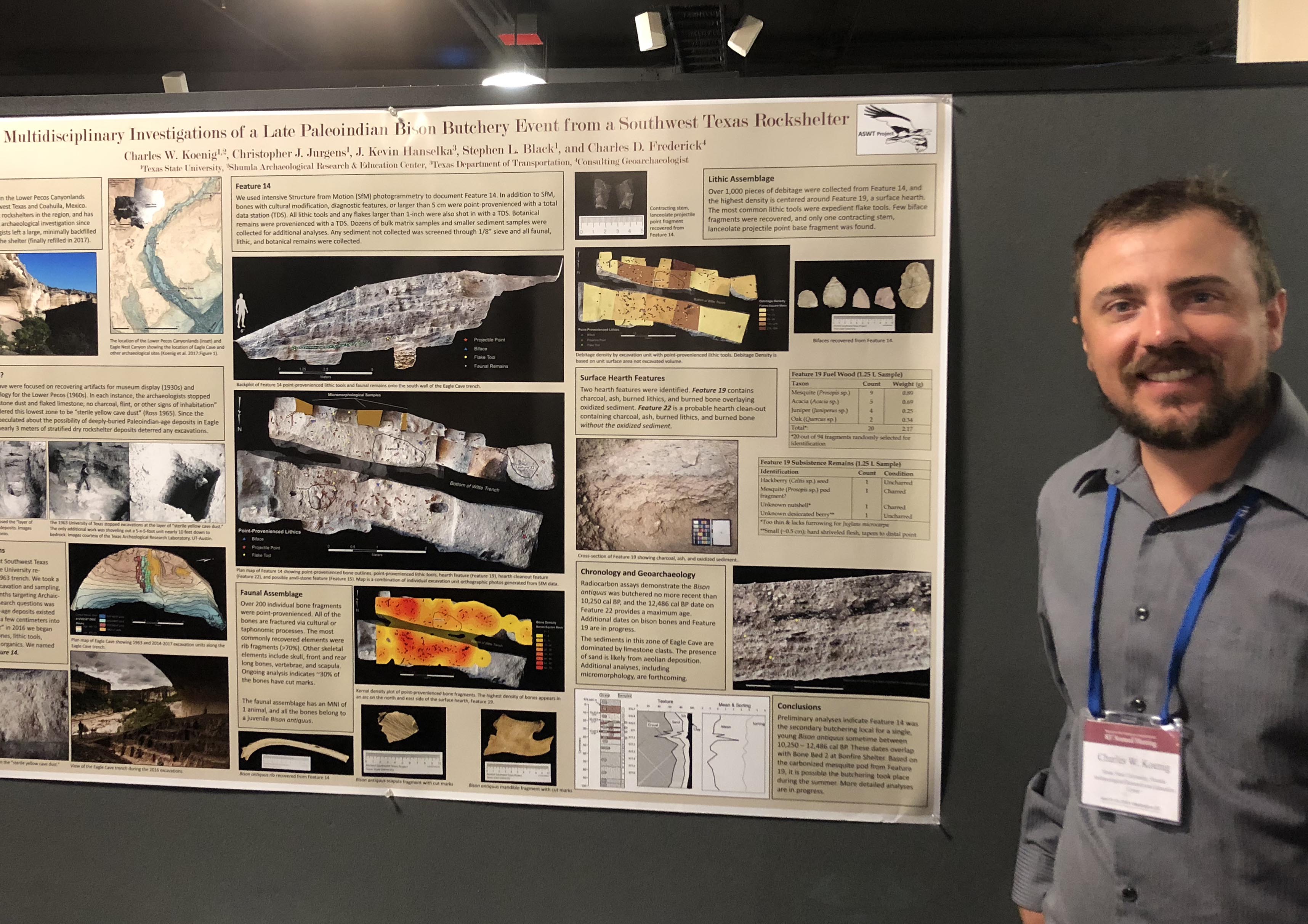
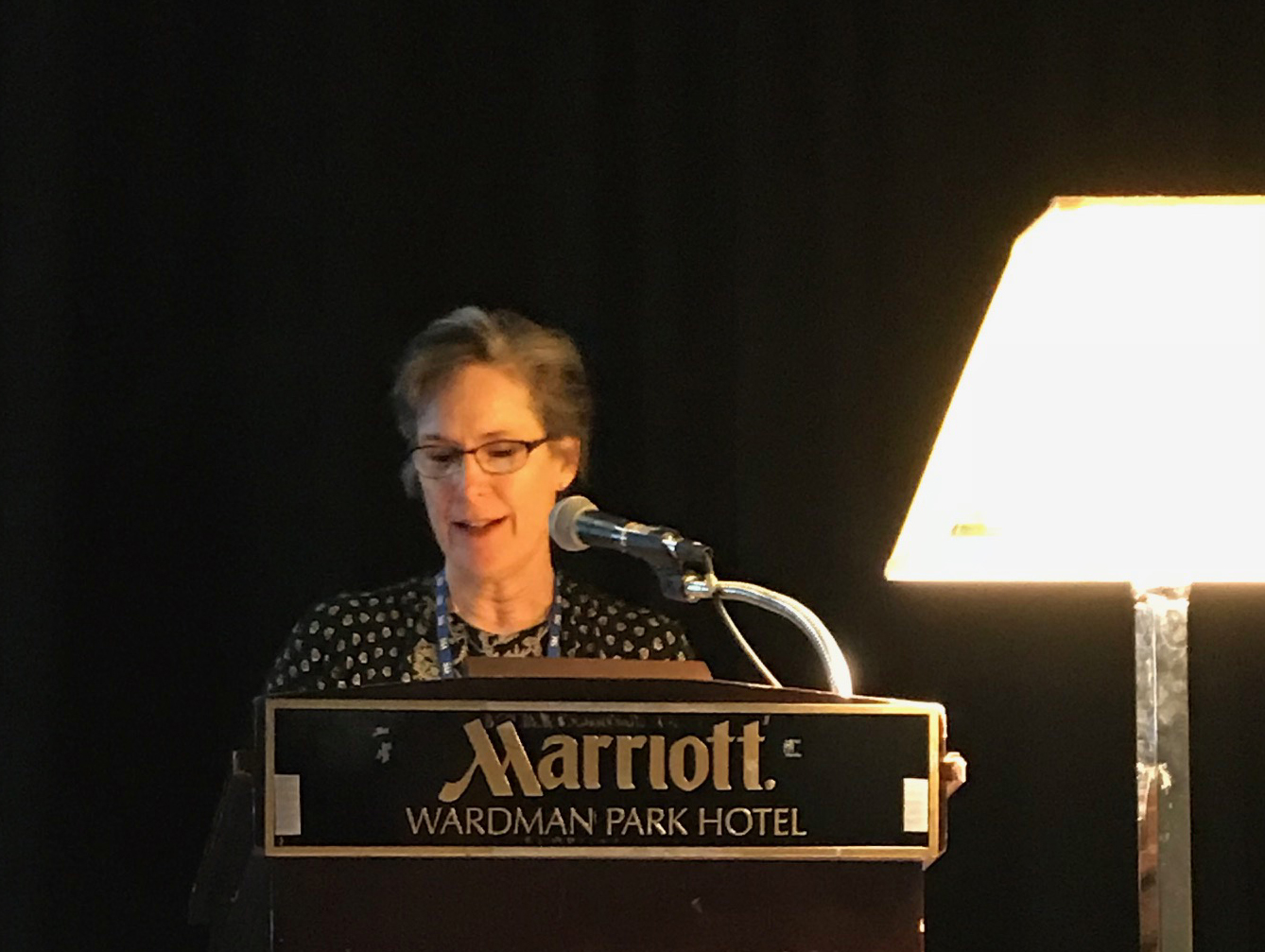
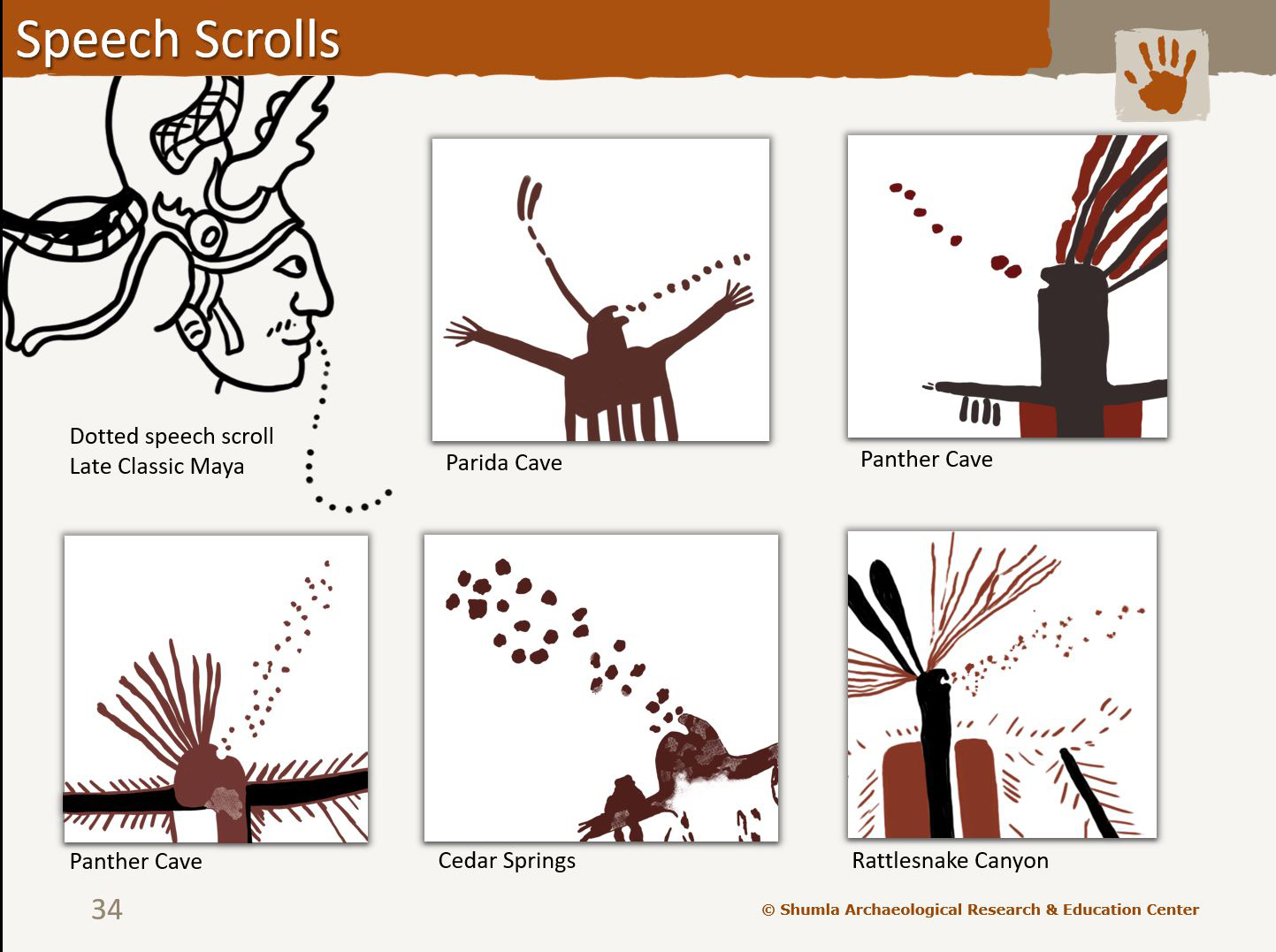
Thank you for your hard work and generosity!
How wonderful!!